Steve Hogg determines if the foot acts as a rigid level during cycling and explains what this means for transferring power to the pedals.
This is taken from a Bicycling Australia readers question to Steve Hogg. In this article Andrew Van Essen, a podiatrist and surgeon, queried Steve on some things he wrote regarding the action of the foot in pedalling. Here is Andrew’s letter in question and after it, Steve’s response.
Question of Context
Some friends and I were discussing the article by Steve Hogg ‘Maximizing Power Transfer’ (Bicycling Australia May/June, 2(02) over coffee after our ride the other day, which prompted me to purchase a copy of your magazine that afternoon when I was in one of the local cycling shops. I am a keep recreational cycling and podiatrist who specialises in surgery and sports medicine, so I read and reread Steve’s article with much interest, but there were a number of things that did not sound quite right.
The comment was made that ‘the ankle is more stable in dorsiflexion that plantar flexion’. Steve then extrapolated that, as a result; of we cycle that the ankle dorsi flexed then less muscle power is needed to stabilise the ankle. Steve has unfortunately taken this fact out of context.
Yes, the ankle is more stable when dorsi flexed, but this is in reference to the stability of the lateral ankle joint ligaments, in particular the Anterior Talo Fibular Ligament, and not muscle effort. Minimal muscle effort is needed to stabilise the ankle during cycling as ankle sprains in cycling are not an issue because the foot is held securely in a pedal and therefore not vulnerable to the forces that would lead to sprains.
Steve’s rationale for positioning the ball of the foot forward relative to the pedal axle, to minimise muscle effort required to stabilise the foot for the use of shoes with lower heel lift, the foot can, and does in fact act as a beam with every step we take.
During walking, when the heel strikes the ground it acts as a mobile shock absorber and then at heel lift, it functions as a rigid propulsive lever. The mechanics of cycling however are more like a running sprint in that propulsion is achieved through the ball of the foot without the use of the heel, so therefore the foot is acting as a beam. To allow the foot to function as a rigid lever one of the main stabilisers of the foot is what is known as the ‘Windlass Mechanism’ first described by Hicks in the ‘Journal of Bone and Joint Surgery’ in 1954.
A ligament called the plantar fascia runs from the toes under the ball of the foot and joins onto the heel. As your heel lifts, this will dorsi flex the toes and tighten the ligament joined to the heel, compacting the joints in between and stabilising the foot so it can act as a beam. This is a passive stabilising mechanism and does not require any muscle effort.
From a biomechanical perspective, cycling shoe manufacturers, the majority of who used a heel lift that reproduces the position of the foot without muscle effort.
A with a running sprint, the power of propulsion will be greatest through the ball of the foot, so cleat manufacturers who also generally recommend placing the ball of the foot over the pedal axle are also correct.
Shoe / cleat / pedal set up is an extremely complex issue and there are many variables to consider and the subject to many different options and experiences, but the underlying scientific and biomechanical principles of foot and leg function must be considered and understood.
Andrew van Essen, MA Pod. A.
Fellow, Australasian College of Podiatric Surgeons Fellow, Australia Academy of Podiatric Sports Medicine
Prospect, SA.
Answers and Rationale
Andrew, thank you for your letter. Firstly, a couple of clarifications are in order. One, you have taken the inference that I believe we should all pedal with the ankle dorsi flexed. This is not so. If you had been able to read the subsection of my previous article entitled ‘Pedalling Technique’ (Bicycling Australia, May/June, 2(02), this would have been apparent to you.
Two, you have taken an inference regarding ankle stability that was unintentional on my part. Upon receiving your letter and then rereading my article, I feel that in the section under the subhead, ‘Pedalling Technique Under Load’. If I had substituted ‘control’ and ‘controlling’ for ‘stabilise’ and ‘stabilising’, my meaning would have been accurately conveyed.
In a typical pedal stroke (there are plenty that are atypical), the ankle dorsi flexes near the top of stroke and tips into plantar flexion at some part of the stroke as the crank-arm descends. Sometimes this is accompanied by a momentary slackness or loss of control. Thank you for highlighting my poor choice of words.
However, you raise other issues that I am not in agreement with. Your description of the ‘Windlass Mechanism’ is as I understand it, and I have no issues with your description, though I do take issue with the context in which you place this description. I am not convinced that the Windlass Mechanism is fully at work whilst riding a bike. Here is an experiment for you I did it with five people, including me.
Purchase two pairs of MTB shoes. One a sneaker type pair, which is basically a walking style of shoe with a reinforced area in the forefoot to which the cleat is attached. And two, a higher quality pair with a much more rigid sole. Make sure both fit well so as to eliminate fit as a variable. Place the cleats in the same relationship to the foot in the shoe. Now go and ride each in turn over a variety of terrain and put some effort into it, but stay seated do not ride off the saddle.
Which feels better? The rigid sole shoe. How much better? Massively better. Yet they are both reinforced at point on contact with the pedal. If the foot, in this example was functioning as a rigid beam as you suggest, then there should be little or no difference in feel. The more rigid sole on the appropriate shoe must be performing a function that the foot is not!
Now, repeat the foregoing experiment, but this time ride off the saddle up the hills and include a few sprint efforts. Which shoe feels better? You will find that off the saddle, there is much less difference. Therefore, I conclude that the compaction of the joints of the foot must be weak or incomplete during the pedalling motion whilst the rider is seated, which is the majority of the time spent on a bike. Because of this I find that your description of the mechanics of the foot as analogous to that of a running sprint to be a poor one unless the rider is off the saddle.
Your letter prompted me to perform another experiment to quantify something that I was aware of but had never actively measured before, other than on am occasional basis. On all the people that I have positioned since your letter arrived, I have measures the toe lift and heel lift of their shoes. This has been accomplished by the following method:
Get a Look cleat and remove the rubber plug so the cleat will not rock on it Affix the cleat to the shoe in the middle of the range of adjustment On a Look cleat there is a vertical line that equates with the pedal axle. If the cleat is on a pedal, this line will be above the axle when the cleat is pointing straight ahead. A Look cleat has a rocker to it (curve). Resting the shoe on the flat section of the rear of the cleat I then measured the heel lift using the point where shoe upper meets the sole above the vertical line as a reference. I measured the heel lift at the most rearward point of shoe upper and sole junction and the toe lift at the most forward point and added these together to give a total, which I will call the rocker (old surfers will recognise the term and why I use it).
I have chosen size 42 because I saw more of these over this period.
Shoe Brand/Age of Shoe/Toe Lift/ Heel Lift / Rocker
Carnac/8 yrs/+8mm/+30mm/38mm
Gaerne/6yrs/+8mm/+24mm/32mm
Shimano, nylon sole/6yrs/+17mm/+16mm/33mm
Shimano, carbon sole/6yrs/+14mm/+17mm/+31mm
Carnac/3.5yrs/+12mm/+27mm/39mm
Shimano, carbon sole/2yrs 3/+19mm/+4mm/+19mm
Sidi/3yrs/+15mm/+4mm/19mm
Sidi/6 months/+15mm/+4mm/19mm
Diadora/3 months/+14mm/-3mm/11mm
Can you see a pattern here? And it is repeated in the other manufacturers sizes and brand of shoes as well. If manufacturers are reducing the factors in shoes that allow the foot to function as a rigid beam, has anyone noticed a drop off in performance or an increase in injuries? I can only speak from my own experience (somewhere between 15,000 and 18,000 hours spent positioning riders of all levels of accomplishment) and my answer is quite the opposite. So again I cannot agree with you.
Your argument for ball of the foot over the pedal axle cleat positioning relies on the assumption that the foot functions as ~ rigid beam during cycling. In my view and experience, this is a flawed assumption and your argument falls over on those grounds.
The leverage of the femur is the main game in town regarding cycling and the conventional view of cleat positioning works the gastrocnemius and the soleus harder than need be. I feel that any muscular effort (ie which cost heart beats, blood flow and oxygen) that can be relieved in this area is better made available to the primary lever, the upper leg.
I have had this discussion before with podiatrists, though in the context of me positioning them on their bicycles. I have also had this discussion with Henri Manders and Alain Descroix seven or eight years ago. At the time they were respectively, marketing manager and chief designer for Time, the French shoe and pedal manufacturer. Both of them had a bit of a track record: Manders had won stages of the Tour de France and Descroix had been Hinault’s personal mechanic and frame builder and had been involved in the development of the first Look pedals for which Hinault did a lot of testing.
Their line was similar to yours. But I was telling them that the Time shoes of the day (white upper, mauve tongue and white flecks and three red straps) had far too much heel lift and the cleat positioning hardware was way too forward. They were 25mm too far forward with the Look compatible holes and 12 to 15mm too far forward with the Time sliders. The long and the short of it was they did not agree, but said that I had raised enough doubt in their minds that they would investigate further when they returned to France.
Then 18 months later their shoe range was totally revamped to the yellow soles and three red straps, which had reduced heel lift and the potential for cleat positioning, as I had suggested. When next I saw Manders (two years after the original meeting) I asked him why. His reply was that once back in France, he had surveyed all the pro racers that they sponsored and had hired a professor of biomechanics to survey their shoe range. The thrust of both these exercises was for cleat positioning, as I had suggested. Now, I am not patting myself on the back here, but I am telling you that I am not alone in my thinking.
My reasoning for cleat position is the outcome of organising my life so that for many years I have spent the majority of my working life positioning riders on bikes. I used to think like everybody else because I had read the same books and coaching manuals. All I can say is that substantial empirical experience has caused me to change my mind.
The only other person that I know who spends his working life positioning cyclists, John Kennedy, would agree with my assertions. My livelihood depends on what I am saying here as I put this into practice on a daily basis and all I can say is that the queue for my services gets longer every year.
Thank you for taking the time to write a constructive letter, not many people do. If you are ever in Sydney, bring your bike and shoes and look me up. In the spirit of scientific enquiry I would be happy to play positioning games for a few hours. You might find this interesting.

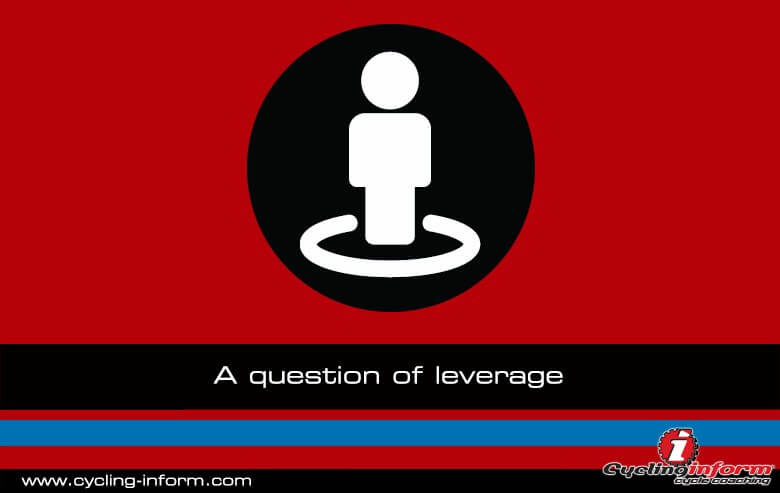
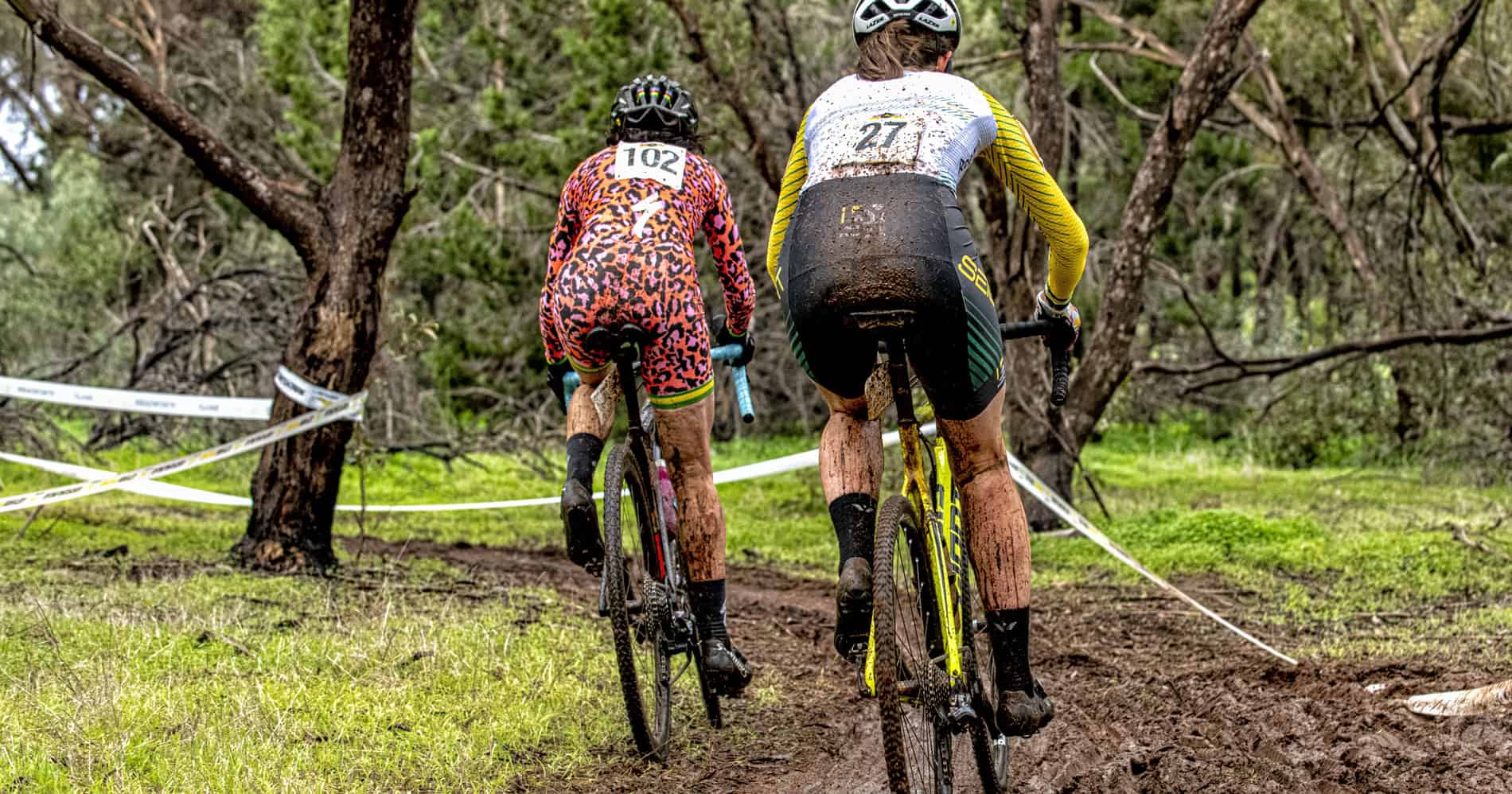
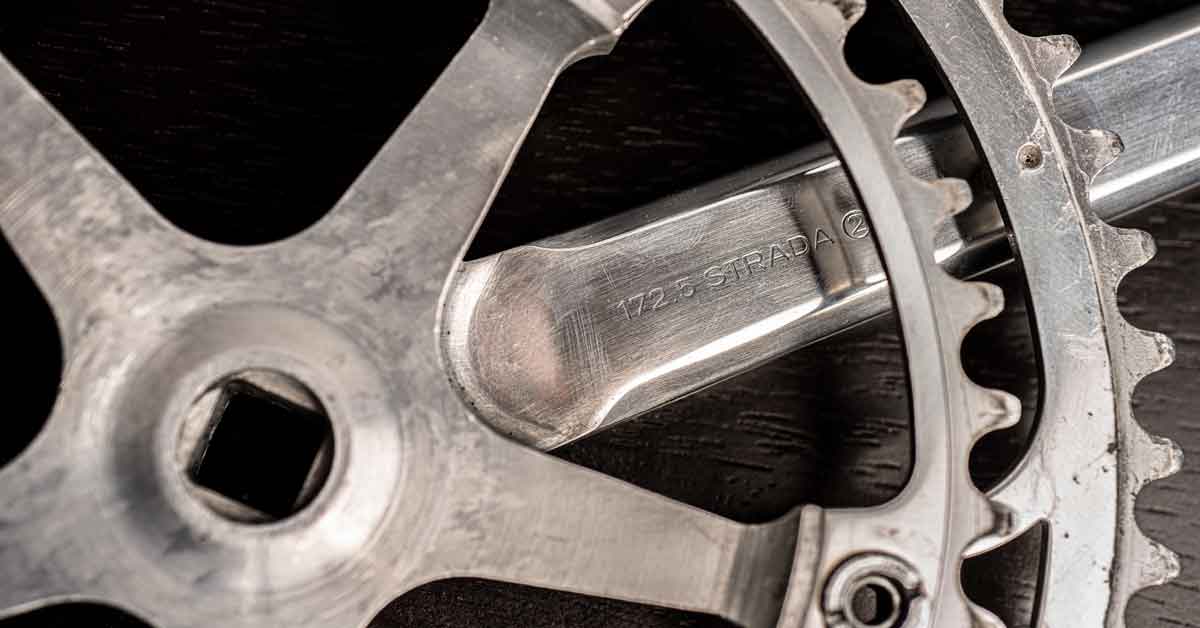
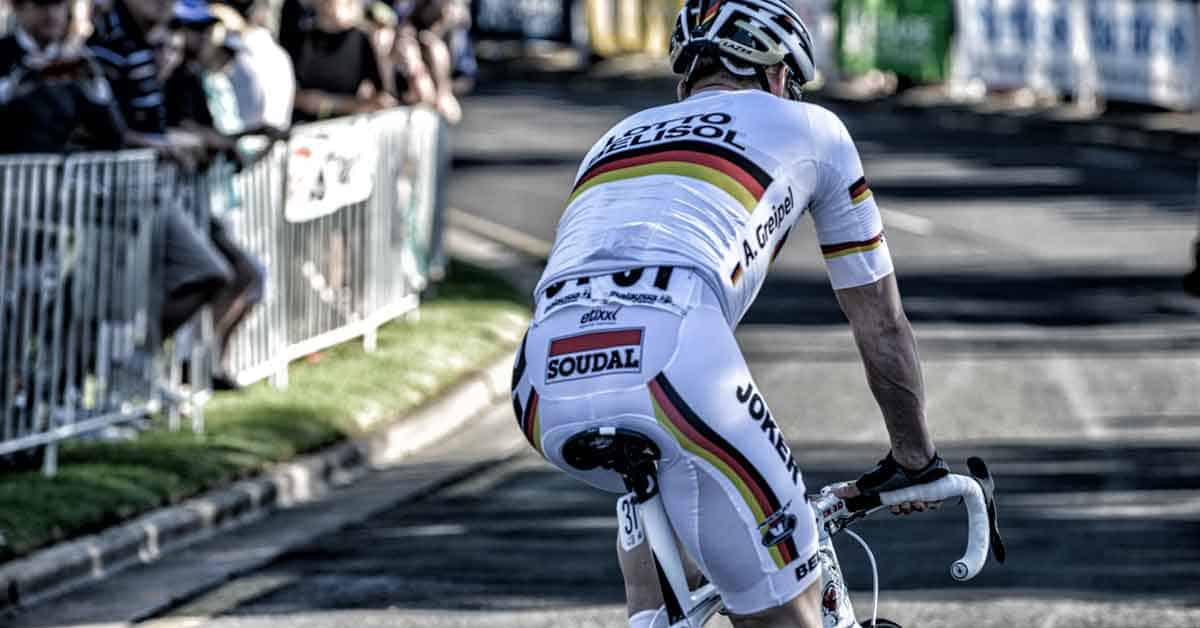
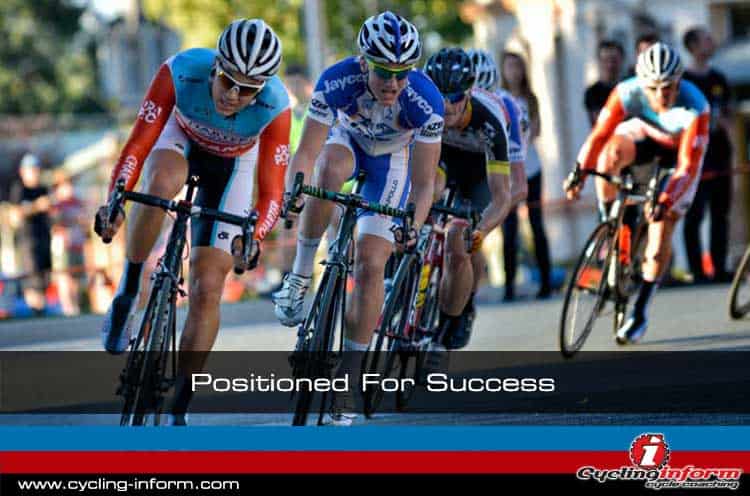
Leave A Comment